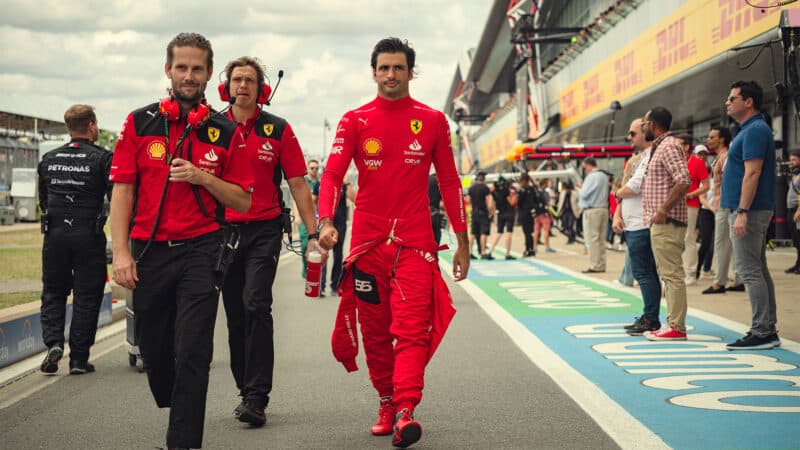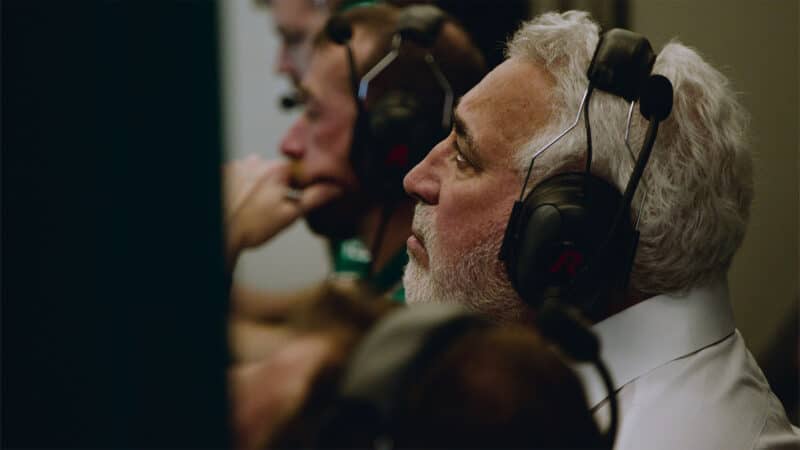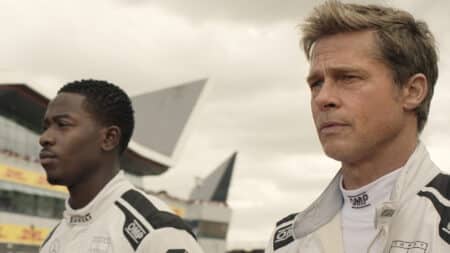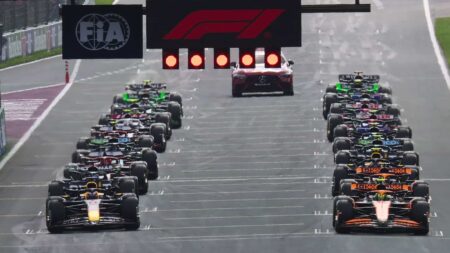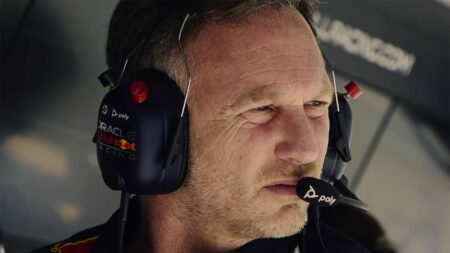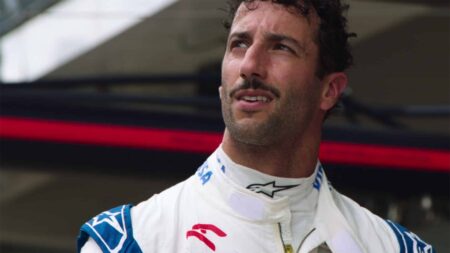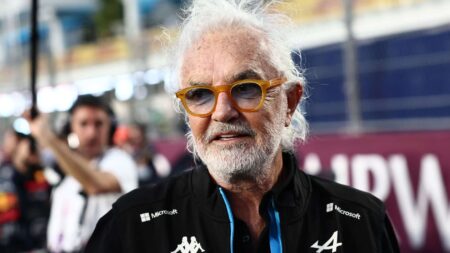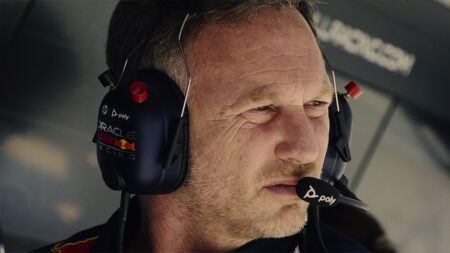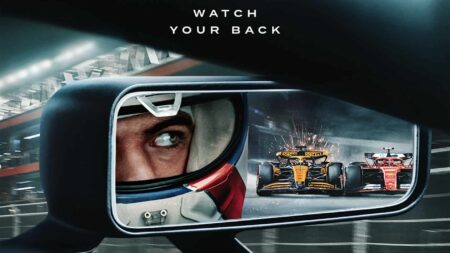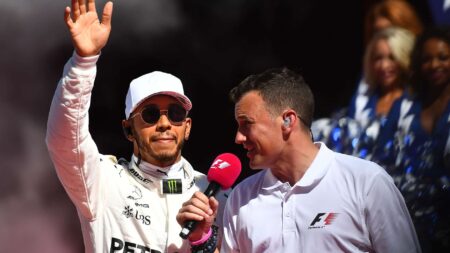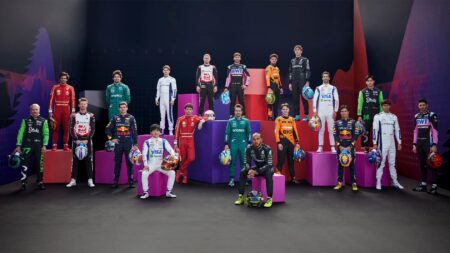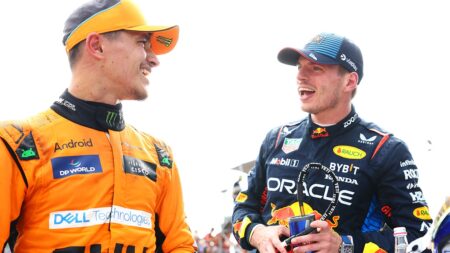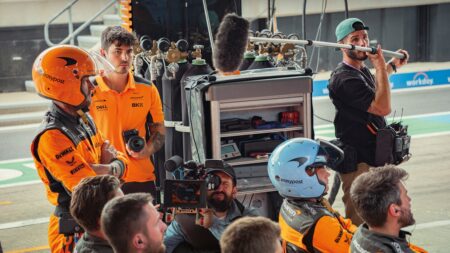Almost every DtS offering thus far began with an episode explaining how F1 works and setting out its main heroes and anti-heroes. But its raging success, ubiquitous F1 social media coverage and the Abu Dhabi ’21 atom bomb, means there’s now little need for this.
No longer a niche sport, we now know F1 is the fastest, most glamorous, most dog-eat-dog game in the world – its Shakespearean narrative has been well established. Grand prix racing’s gone a bit post-modern.
Season six therefore launches straight into a glitzy launch to set up the opening episode, focusing on one team. As the camera’s gaze passes over to the next squad, we realise DtS really has entered its third era.
The first was F1 at its most ‘fok-smashing’, candid best. Almost no one in the championship had been filmed like this before, they didn’t know how to behave, so they just carried on as normal.
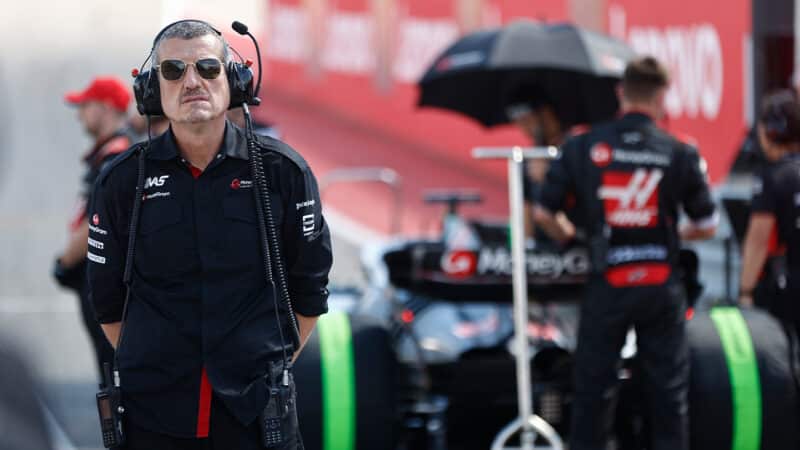
Steiner: likely to feature, let’s be honest
The second was when teams realised they could use the series as a comms tool, and so we had to suffer horrendous staged scenes such as Formula Partridge (George Russell) getting his call up to the big boy team and Valtteri Bottas getting booted from Merc over a glass of sparkling water with Toto Wolff.
Now DtS’s third age features characters actually utilising the series in a ‘meta’ like fashion, breaking the ‘fourth wall’ by using the series for their own advantage in the day-to-day dealings of F1. One team boss tries to emotionally needle his driver in front of the Netflix cameras, while the driver himself turns to a lens he knows is focused on him to pull a face when journalists ask him about his commitment to the team. These kind of self-aware moments are frequent throughout season six.
The series’ favourite personalities feature heavily again and their appearances are often coloured by hindsight: several scenes add context to some of the big F1 stories of the current year.
